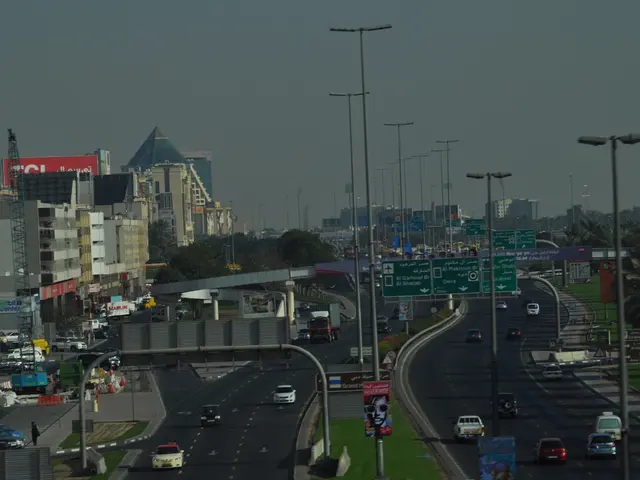Enhancing road safety for everyone commuting.
In many cities, cyclists often face challenges while navigating city routes, such as less frequent braking, safety concerns, and difficult merging or overtaking. However, the implementation of bike highways can significantly improve the cycling experience.
These dedicated cycling paths, separated from motorized traffic, provide opportunities for cyclists to overtake each other, reducing the need for frequent braking and making the overall cycling experience smoother. This is particularly beneficial for nervous cyclists who feel safer on bike highways.
Moreover, bike highways help prevent cyclists from riding on the road, reducing potential conflicts with car drivers. This is advantageous for car drivers as well, as it means cyclists may not have to merge into traffic, potentially improving safety for both cyclists and car drivers.
The construction of bike highways may be expensive, but it's more cost-effective to do it right once than to patch up numerous issues in city infrastructure. Roads requiring less frequent repairs is a testament to this.
Bike highways can also benefit pedestrians by reducing the number of cyclists on city routes, potentially improving pedestrian safety. The number of pedestrians using the sidewalk out of fear will significantly decrease on bike highways.
One notable example of a successful bike highway is the "Promenade" in Münster, Germany. This cycling ring has contributed significantly to the city's reputation as one of the most bike-friendly cities in the country.
In Münster, the implementation of the Promenade has encouraged more people to switch to cycling on nice days, reducing traffic congestion and fewer, shorter traffic jams. This shift could potentially be replicated in other cities, leading to a greener and more efficient urban environment.
However, it's important to note that bike lanes can also have their advantages. For instance, they can be useful in areas where bike highways are not feasible. The key is to ensure that these lanes are well-maintained and provide opportunities for overtaking.
In conclusion, bike highways offer a safer, faster, and more efficient cycling experience for both cyclists and car drivers. By reducing conflicts on the road, improving safety, and encouraging more people to cycle, bike highways have the potential to revolutionise urban transportation.
Read also:
- Peptide YY (PYY): Exploring its Role in Appetite Suppression, Intestinal Health, and Cognitive Links
- Toddler Health: Rotavirus Signs, Origins, and Potential Complications
- Digestive issues and heart discomfort: Root causes and associated health conditions
- House Infernos: Deadly Hazards Surpassing the Flames








